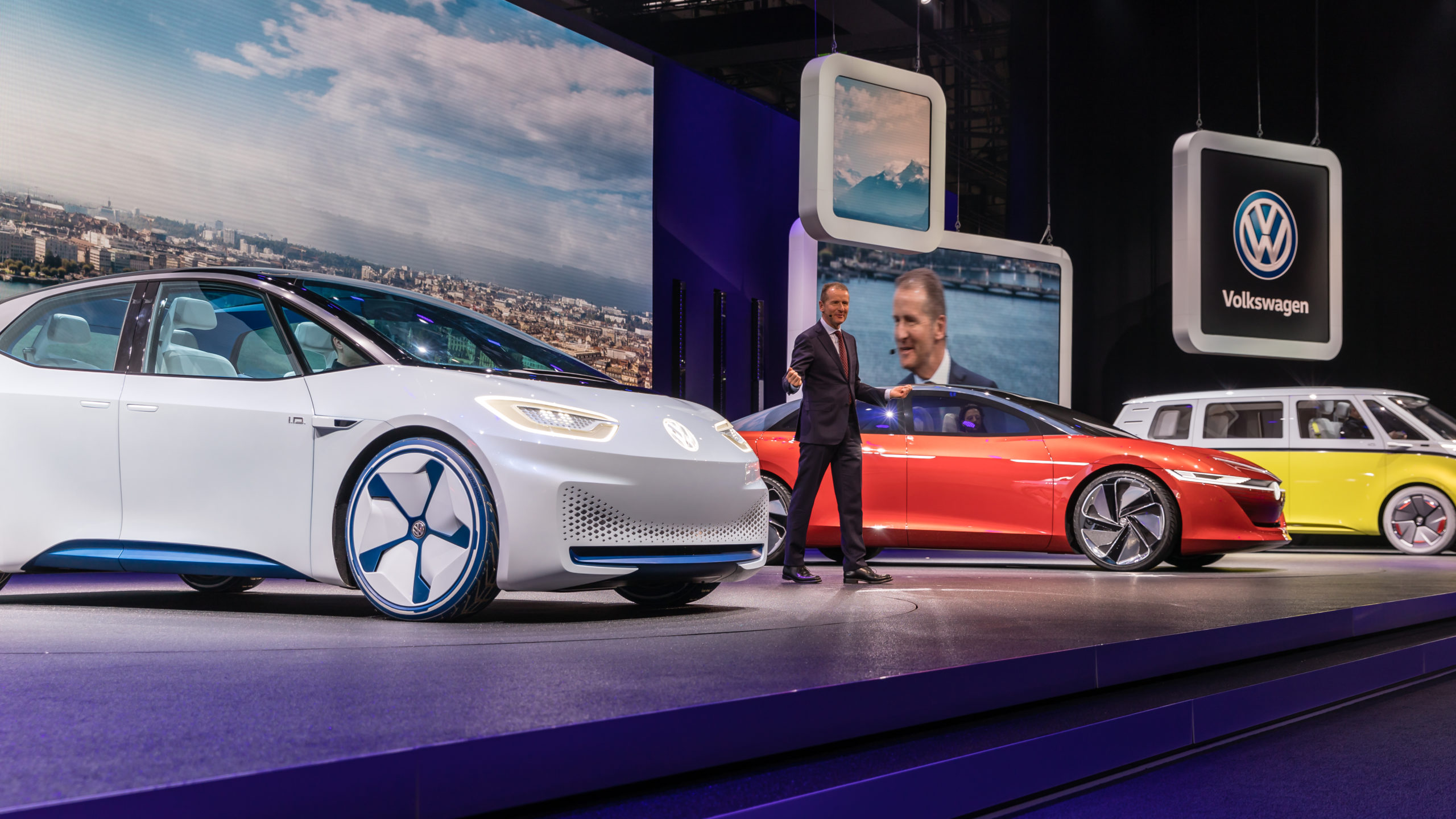
The promise of an all-electric future shines brightly, offering visions of quiet journeys, significantly reduced carbon emissions, and a cleaner, more sustainable transportation landscape. Indeed, electric vehicles (EVs) have captivated consumers, with sales surpassing the million-unit mark in 2023, signaling a clear shift in automotive preferences. The industry is in a constant state of evolution, delivering increasingly capable and appealing electric models. Yet, beneath this veneer of rapid progress lies a significant, often overlooked challenge: the fragmented and frequently frustrating state of our public charging infrastructure.
Historically, much of the anxiety surrounding EV adoption centered on “range anxiety” – the concern that an EV might not hold enough charge to reach its destination. However, groundbreaking new research led by Harvard Business School fellow Omar Asensio, based on an unprecedented analysis of over one million driver reviews, reframes this concern. It reveals that for many, the dominant issue isn’t merely range, but a pervasive “charge anxiety.” This profound unease stems from the constant worry about the practicalities of *keeping an EV powered and moving*, encompassing everything from locating a functional charger to deciphering its cost and ensuring its availability when needed.
For a growing number of EV enthusiasts, the everyday reality of public charging can quickly transform their eco-conscious investment into what feels like a burdensome “money pit.” This isn’t just about financial outlay; it’s about the hidden costs of wasted time, unexpected complications, and the sheer mental load of constantly navigating an unreliable system. Drawing directly from the candid experiences of drivers across North America, Europe, and Asia, this in-depth article aims to expose the critical issues that fundamentally undermine the EV ownership experience and demand urgent attention. Understanding these pitfalls is crucial if we truly intend to foster widespread adoption and realize the full potential of electric mobility. Let’s explore the first six key reasons why the public charging experience is currently a significant point of friction.

1. **Unreliable Charging Stations**Imagine planning a trip, meticulously mapping out your charging stops, only to arrive with a dwindling battery and discover the station is utterly useless. This frustrating reality is common for many EV owners. It’s a core component of “charge anxiety,” transforming refueling into a high-stakes gamble with your time and peace of mind. The expectation of a functional public utility is repeatedly dashed, leaving drivers scrambling for alternatives.
Groundbreaking data-driven research, spearheaded by Harvard Business School fellow Omar Asensio, has quantified this pervasive problem. His team’s analysis of over a million driver reviews revealed a stark truth: public charging stations in the U.S. achieve an average reliability score of just 78 percent. This figure means a significant one in five chargers is simply non-operational at any given time. Such a high failure rate is not merely an inconvenience; it represents a fundamental systemic flaw in the infrastructure supporting electric transportation.
Asensio eloquently highlighted the absurdity with a relatable analogy: “Imagine if you go to a traditional gas station and two out of 10 times the pumps are out of order. Consumers would revolt.” This comparison powerfully illustrates the unacceptable standard EV owners endure. Lost time driving to alternatives, stress of potential stranding, and general unpredictability erode EV benefits. This foundational lack of dependable access is a primary reason an electric vehicle can quickly begin to feel like a liability.
The ripple effect of this unreliability is substantial. It not only leads to immediate personal inconvenience and potential financial strain but also significantly undermines public confidence in the EV market. Prospective buyers, observing owners’ struggles, become more hesitant. For the EV revolution to truly take hold, addressing this core issue is an absolute imperative. Until every public charger can be trusted, the “money pit” perception will loom large.
Read more about: Navigating the Electric Highway: What Drivers and Repair Bills Reveal About 15 Problematic EVs for New Owners
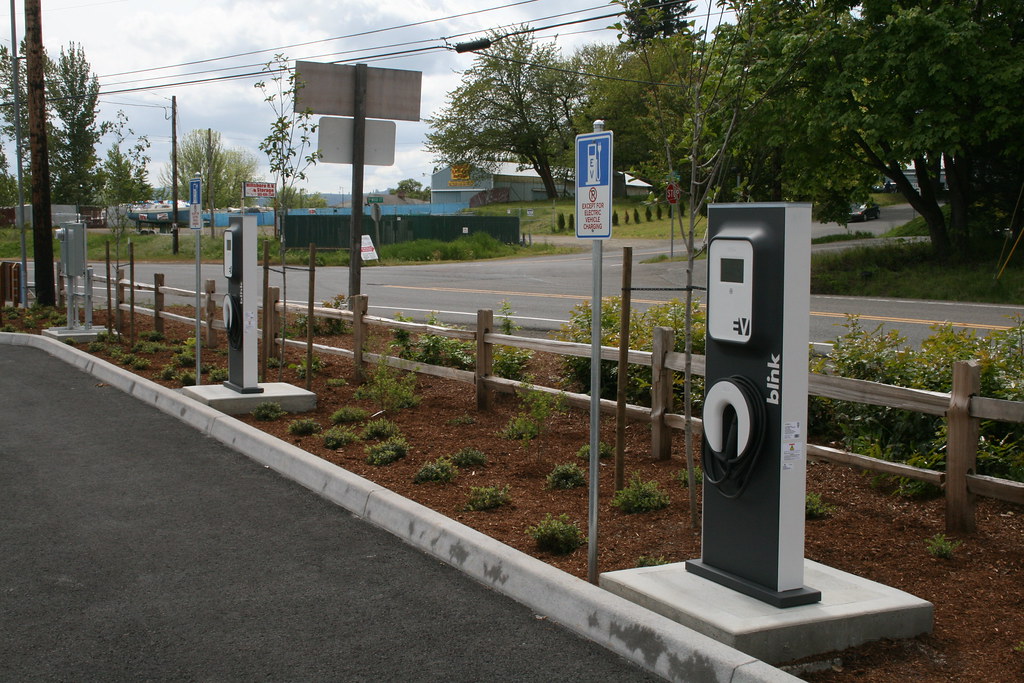
2. **Frequent Malfunctions and Broken Equipment**Delving deeper than general unreliability, EV drivers routinely encounter specific instances of broken and malfunctioning equipment. These aren’t just minor software glitches; they often involve tangible hardware failures that render a charging point completely unusable. Picture a charging cable that refuses to connect, a payment terminal that rejects cards, or a screen frozen in an error state – these are daily frustrations that chip away at the EV experience.
Drivers’ candid reviews frequently detail their encounters with these operational failures, noting how they “regularly encounter broken and malfunctioning chargers.” This consistent feedback suggests the problem extends beyond isolated wear and tear. It indicates deeper systemic issues related to equipment quality, initial installation standards, or, most commonly, a severe deficit in ongoing maintenance. For an EV owner with a critically low battery, finding all ports displaying errors transforms a simple task into a critical situation.
These pervasive equipment malfunctions directly contribute to an EV becoming a “money pit” in various ways. Drivers expend valuable battery life and time diverting to alternative stations, often adding significant mileage. Such detours can lead to increased charging costs if the only alternative is a more expensive rapid charger, or even costly towing in worst-case scenarios. Lost productivity or delayed plans further amplify the financial and personal toll.
The sheer volume of consistent complaints about broken equipment within millions of consumer reviews serves as an undeniable indictment of the current charging infrastructure. It unequivocally demonstrates that installed hardware often falls short of the robust, user-friendly experience consumers expect. Until these fundamental operational failures are drastically reduced through improved manufacturing, rigorous installation, and proactive maintenance, seamless electric travel will remain significantly hampered, imposing undue burdens on EV owners.
Read more about: From Seamless Drives to Software Snafus: Unpacking the Digital Divide in 10 Brand-New Cars
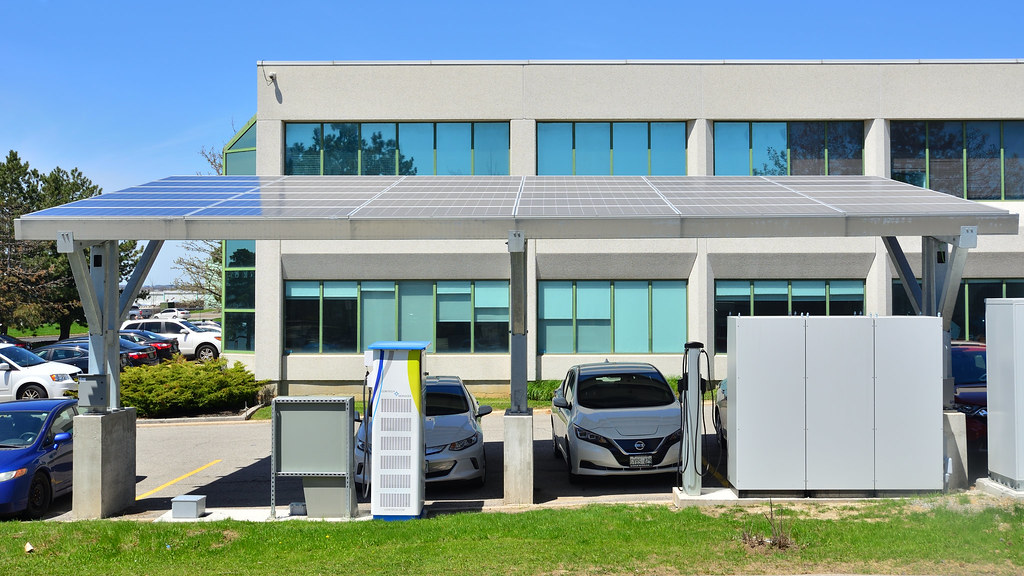
3. **Erratic and Secretive Pricing**Navigating public EV charging pricing can feel like a labyrinth of hidden fees and inconsistent rates, a stark contrast to conventional gas stations. This lack of transparency and variability of costs are major contributors to “charge anxiety,” quickly turning a predictable expense into a financial ambush for EV owners. Without clear, upfront information, drivers often discover the true cost only after the session begins, or even once it’s complete.
The research highlights that drivers “are vexed by the pricing they encounter at public charging stations.” This confusion stems from an ecosystem where stations “are owned by a mix of providers, follow different pricing models, and do not regularly disclose pricing information.” There’s no industry standard. Some networks charge per kilowatt-hour, others by the minute, and some use complex hybrid models, often without clear pre-charge disclosure. This array of options is a recipe for consumer discontent.
One telling anecdote from a reviewer captures this frustration: “$21.65 to charge!!!!!!! Holy moly!!!! Don’t come here unles” – the abrupt quote end speaks volumes about the shock of an unexpectedly high bill. Such experiences undermine financial predictability for EV owners. What might appear to be a cheaper per-mile cost can quickly escalate if drivers are forced to use expensive rapid chargers due to lack of other options, or fall prey to unknown premium pricing.
This unpredictability directly feeds into the “money pit” narrative of EV ownership. When the cost of keeping your vehicle running is subject to such erratic fluctuations and concealed charges, budgeting becomes incredibly difficult. Drivers lose confidence, and the perception of fuel savings is overshadowed by surprise expenses. For widespread EV adoption, the industry must move towards greater pricing transparency and standardization, ensuring drivers make informed decisions before plugging in, rather than being caught off guard.
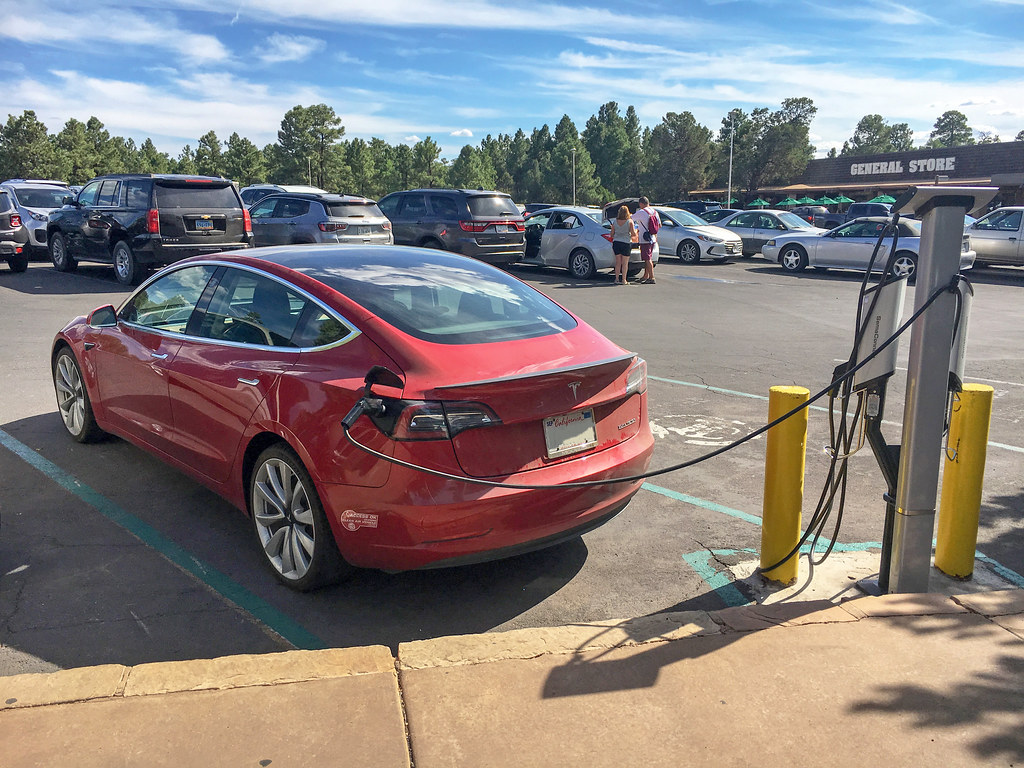
4. **Charging Deserts and Lack of Locations**Beyond unreliable or confusingly priced chargers, a more fundamental obstacle for EV owners is the sheer geographical scarcity of charging infrastructure, leading to “charging deserts.” These vast expanses are defined as “entire counties in states such as Washington and Virginia that don’t have a single public charger and that have even lost previously available chargers.” This glaring absence of charging points creates significant logistical challenges and severely curtails an EV’s practical utility.
The existence of “charging deserts” means that for residents of these areas, or anyone traversing them, electric vehicles become impractical, if not impossible, to rely on for routine travel. Drivers are frequently compelled to undertake lengthy detours, sometimes adding dozens of miles, simply to reach the nearest available charging hub. This consumes valuable time and battery life, and introduces complex trip planning absent with gasoline vehicles. It’s a constant source of stress, directly fueling “charge anxiety.”
This uneven distribution of charging infrastructure also highlights a critical equity issue. While urban centers and major highway corridors often see denser charger concentrations, rural and less populated regions are consistently underserved. This perpetuates a technological divide, making the transition to sustainable transportation disproportionately challenging for communities lacking support. The inability to charge reliably means that for many, an EV is not a viable daily driver, limiting its appeal.
The financial and personal cost associated with these “charging deserts” is considerable. It includes potential expense of installing a robust home charging system if public options are nonexistent, but also intangible costs of lost time, increased travel stress, and the constant mental burden of managing battery levels. Until these significant gaps in the charging network are addressed, an EV will, for a substantial portion of the population and certain travel needs, remain a niche or limited-use vehicle.
Read more about: Why Electric Cars Still Struggle With Road Trips: An In-Depth Look at the Current Hurdles
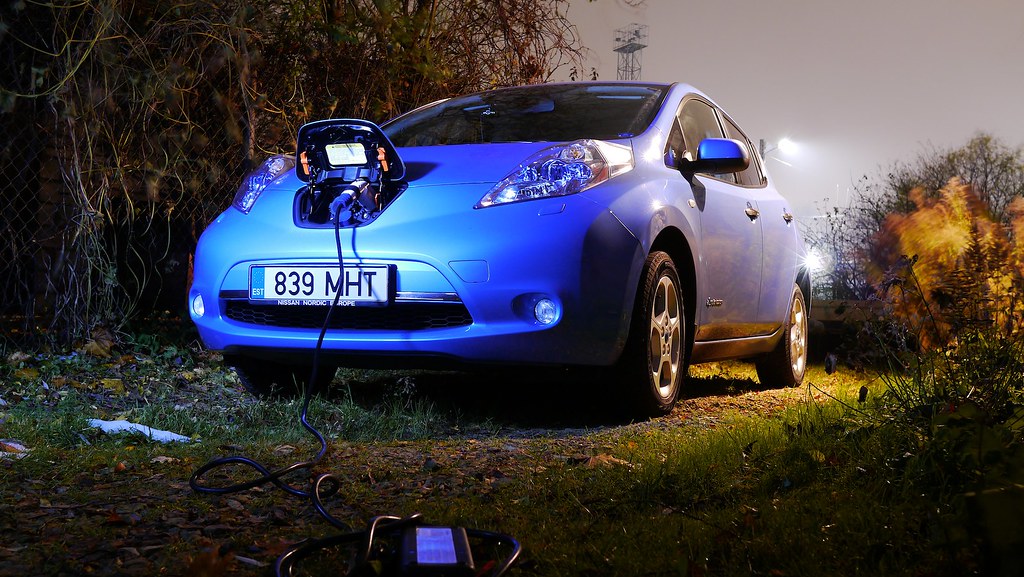
5. **”ICE’ing” – Gas Vehicles Blocking EV Spots**Among frustrations voiced by EV drivers, one particular complaint stands out: the phenomenon known as “getting ICE’d.” This term, where “ICE” refers to an “internal combustion engine,” describes the aggravating situation where conventional gasoline-powered vehicles illegally occupy parking spots specifically designated for electric vehicle charging. It’s a daily battle for many EV owners, turning a routine stop into maddening patience and often confrontation.
“ICE’ing” is far more than a minor annoyance; it directly obstructs an EV driver’s fundamental ability to recharge their car. Imagine arriving at a public charging station, battery critically low, only to find all available spots—clearly marked for EV charging—taken by cars with no intention of plugging in. This leaves the EV driver with no immediate option but to wait, or embark on an unplanned, anxiety-inducing search for another, potentially distant, charging location. The impact on travel plans can be significant.
This widespread behavioral issue underscores a broader lack of public awareness, or outright disregard, for EV infrastructure needs. It highlights the urgent need for robust signage, clearer enforcement, and possibly physical barriers to protect these crucial charging bays. For an EV owner, consistently encountering “ICE’d” spots means wasted time, heightened “charge anxiety,” and the added stress of constantly scouting for available alternatives.
The cumulative effect of “ICE’ing” profoundly impacts an EV owner’s experience, solidifying the perception that their vehicle can become a “money pit” of time, frustration, and unforeseen complications. When charging infrastructure is already unreliable, and functional spots are blocked, the convenience of owning an EV plummets. Implementing effective strategies to combat “ICE’ing,” from public education to stricter enforcement, is vital for a functional charging environment.
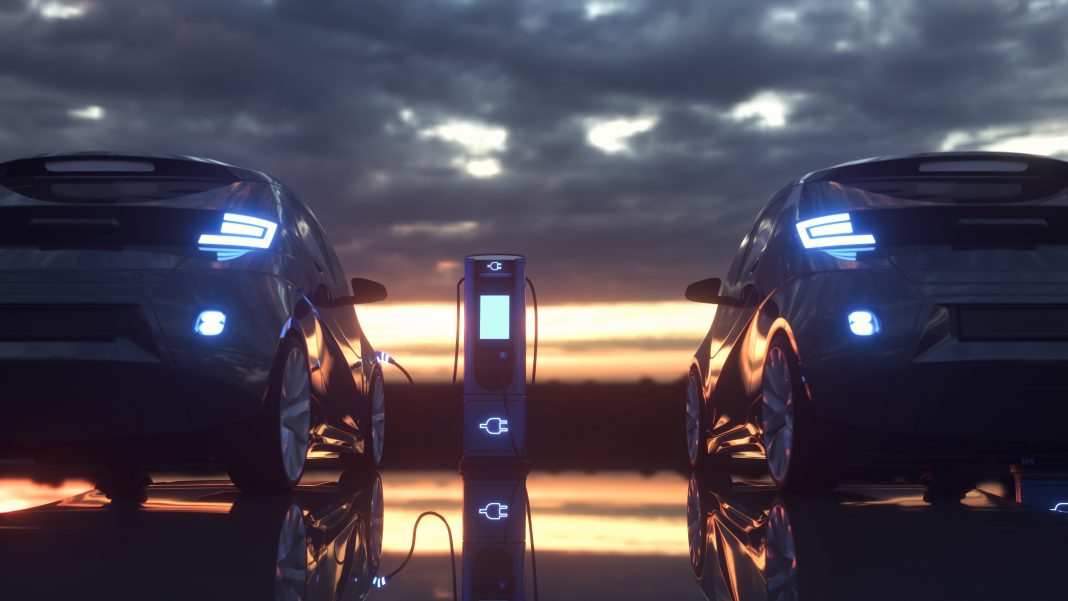
6. **Insufficient Maintenance of Charging Infrastructure**Many pervasive problems plaguing public EV charging, from unreliability to malfunctions, trace back to a critical oversight: the severe lack of systematic maintenance for charging stations. The Harvard study’s finding that “No one’s maintaining these stations” is a damning indictment of current infrastructure deployment, revealing a fundamental gap in lifecycle management. This reactive stance means problems fester and multiply.
Unlike the meticulous upkeep of gasoline pumps, which undergo regular servicing and inspections, public EV chargers frequently appear installed and then largely forgotten. This neglect has a cascading effect, leading to minor software bugs becoming major operational failures, and small hardware issues escalating into complete station outages. Without a robust, consistent maintenance schedule, the network’s integrity inevitably degrades, leaving a trail of broken chargers and frustrated drivers.
The “money pit” aspect of insufficient maintenance is multifaceted. Firstly, neglected equipment is prone to premature failure, necessitating more frequent and costly replacements. This represents significant capital expenditure waste. Secondly, and more immediately impactful for consumers, unmaintained chargers mean wasted time, expended battery life on detours, and potential need for more expensive charging alternatives. An offline charger due to lack of maintenance is a literal static investment yielding no utility.
The emergence of dedicated companies like ChargerHelp!, focused on training individuals to maintain public charging stations, illustrates this systemic deficiency. While such initiatives are positive, they highlight how widespread the problem has become. For the EV ecosystem to mature, a comprehensive, proactive, and well-funded approach to maintenance is indispensable. Without it, the cycle of frustration, financial drain, and reduced consumer confidence will persist.
Navigating the daily frustrations of public EV charging reveals a deeper, more complex set of systemic challenges that fundamentally impede the growth and sustainability of the electric vehicle landscape. Beyond the individual annoyances, these broader issues demand strategic, coordinated solutions to foster widespread adoption and realize the full potential of electric mobility. Let’s delve into the underlying problems that continue to make the EV charging experience less than ideal.
Read more about: Why Your Road Tax Is Set to Double: An In-Depth Look at America’s Infrastructure Funding Crisis
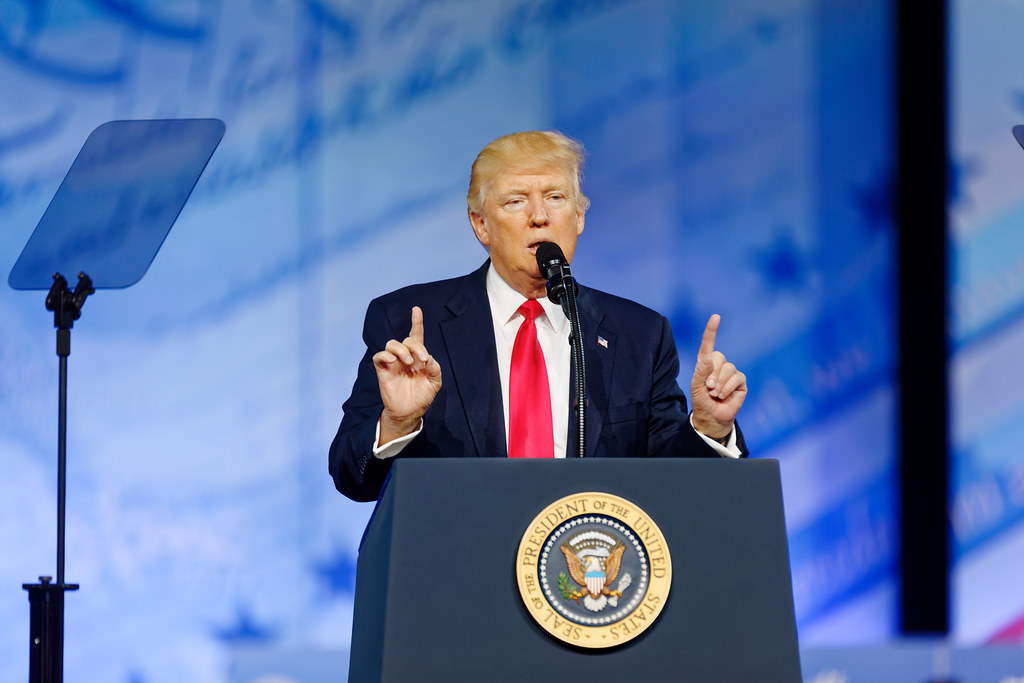
7. **Government Funding Freezes and the NEVI Program’s Future**One of the most significant systemic setbacks to EV charging network growth is the recent decision by the Trump administration to freeze funding for electric-vehicle chargers. This move directly impacts the National Electric Vehicle Infrastructure (NEVI) program, which was initially created under the Biden administration with the ambitious goal of providing nearly $5 billion to states to build 500,000 electric charging stations across the nation.
The implications of this funding freeze are far-reaching. According to a February 6 memo from the National Highway Traffic Safety Administration, “No new obligations may occur,” effectively halting the allocation of more than $3 billion from the NEVI program. This jeopardizes the future construction of critical EV chargers across the nation, creating a massive financial void that will be difficult to fill.
This decision isn’t merely a political maneuver; it’s a direct blow to consumers and the broader environmental goals. Sally Greenberg, chief executive of the National Consumers League, stated that “This decision was a misstep that will ultimately cost consumers, as expanding charging infrastructure is essential to advancing clean transportation and reducing our reliance on fossil fuels.” The freeze transforms the system into a ‘money pit’ not just for individual drivers, but for the entire nation’s effort to transition to sustainable transport.
The inability to access vital federal funds means states are left in limbo, unable to proceed with planned projects that would alleviate many of the immediate charging anxieties experienced by EV owners. This systemic withdrawal of support actively undermines the collective effort to build a robust and reliable charging network, postponing the widespread availability of functional charging solutions.
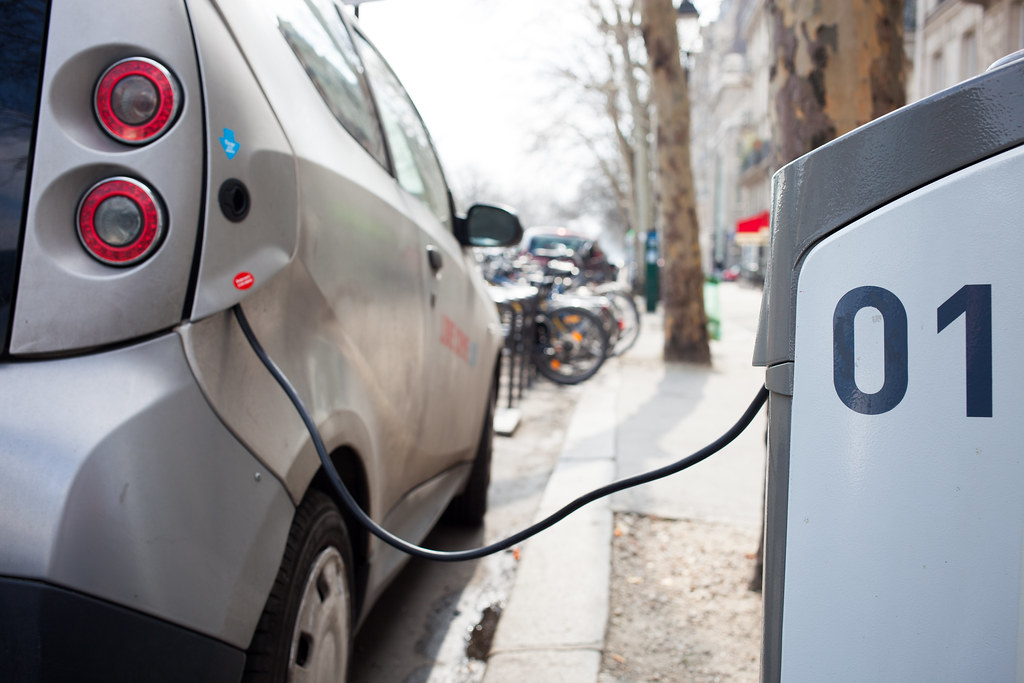
8. **Prohibitive Costs of Infrastructure Development**The sheer financial outlay required to establish a comprehensive EV charging network represents another profound systemic challenge. While the benefits of an all-electric future are clear, the capital investment needed to build out the infrastructure is staggering. Commercial fast chargers, often referred to as Level-three chargers and typically found in public parking lots, exemplify this challenge with individual units costing “upwards of $50,000 each.”
These high costs act as a significant barrier to expansion, making it difficult for private entities to invest at the scale required for widespread adoption. As Omar Asensio, lead researcher from Harvard Business School, noted, the initial consensus in 2010 was that the private sector would finance a flourishing network, but “that didn’t happen at the scale expected.” The prohibitive cost of hardware is a primary reason for this shortfall, limiting the pace at which new stations can be deployed.
Unlike traditional gasoline pumps, which benefit from a century of established infrastructure and relatively lower unit costs, EV charging stations require cutting-edge technology and significant electrical upgrades. This financial burden translates into higher operational costs for providers, which can, in turn, contribute to the “erratic and secretive pricing” that vexes drivers, as companies attempt to recoup their substantial upfront investments.
Ultimately, until innovative solutions or significant public-private partnerships can mitigate these steep development costs, the expansion of a truly ubiquitous and reliable charging network will remain constrained. This cost barrier is a foundational reason why the transition to EVs, while promising, is fraught with systemic financial hurdles.
Read more about: Understanding Water Damage: The 10 Vehicles That Survive Floods and the Ones That Fail in Light Rain, Causing Costly Electrical Gremlins
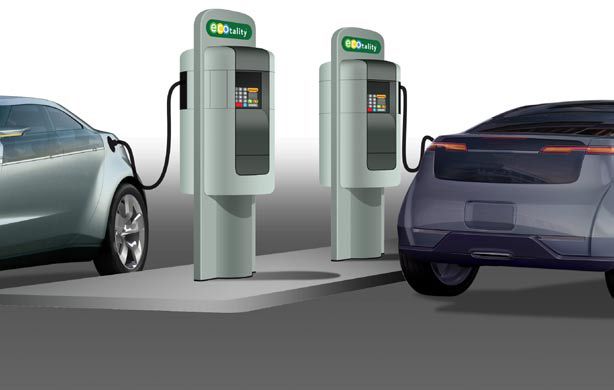
9. **Crippling State-Level Project Halts**The impact of government funding freezes on EV charging infrastructure is not merely theoretical; it is “already being felt across the nation,” causing significant project halts at the state level. This immediate consequence of broader systemic challenges directly translates into fewer chargers, extended “charging deserts,” and greater anxiety for current and prospective EV owners.
Pennsylvania, for example, stands to lose a substantial amount of money, having been earmarked $71 million to build 91 EV chargers. Alexis Campbell, press secretary for PennDot, noted to The Philadelphia Inquirer that “Compared to many other states, we have more NEVI stations built,” underscoring the progress now jeopardized. The halting of these projects means a missed opportunity for tangible improvements to the state’s charging landscape.
Similarly, Virginia faces severe disruptions, with 51 of its 53 planned EV charging projects now on hold. Stuart Gardner, executive director of environmental nonprofit Generation 180, emphasized the broader impact to WTOP, stating, “Not only does it ensure current and future EV owners have the confidence to drive electric, but it provides Virginia’s industry and workforce the long-term stability to plan for investments and training.” The freeze undermines both immediate infrastructure and future economic planning.
Oregon has also felt the chill, with the city of Tualatin having a $15 million grant under the NEVI program that they were unable to secure in time for construction. Nic Westendorf, Tualatin’s deputy public works director, conveyed a grim outlook to Portland Business Journal: “I wouldn’t say the outlook is optimistic.” Miami-Dade County in Florida is also facing the loss of $4.7 million in funding, further illustrating the widespread nature of these critical project delays across diverse regions.
These widespread halts directly exacerbate “charge anxiety” and make the prospect of owning an EV less appealing for many. The ripple effect means communities expecting new charging options are left without, hindering economic development, discouraging sustainable transportation, and perpetuating the very problems the NEVI program aimed to solve.
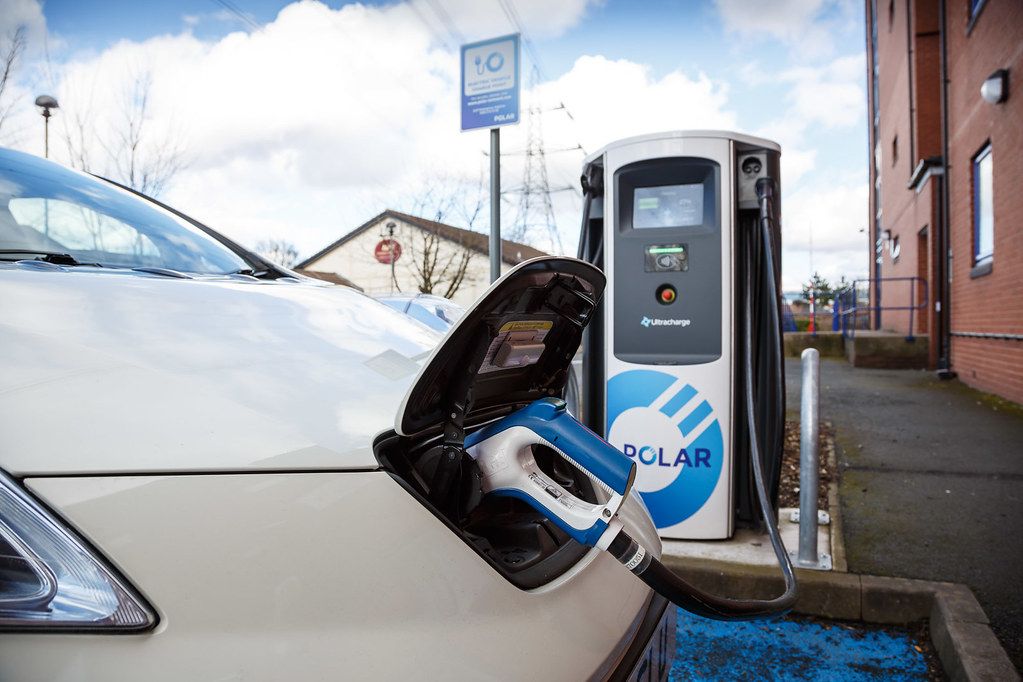
10. **Undermining Consumer Confidence and Slower EV Adoption**The cumulative effect of unreliable charging, high costs, and stalled infrastructure projects is a significant erosion of consumer confidence, which directly impedes broader EV adoption. A 2024 survey by consultancy Ernst & Young found that “concerns about public chargers” are why “a quarter of drivers are hesitant to buy EVs.” This statistic highlights a critical systemic barrier that goes beyond mere inconvenience.
Omar Asensio powerfully illustrated this point with a personal anecdote, revealing that he “couldn’t even convince my mother to buy an EV recently.” Her decision wasn’t about the price, but rather her assessment that “charging isn’t convenient enough yet to justify learning an entirely new way of driving.” This sentiment reflects a pervasive public perception that, despite advancements in vehicle technology, the supporting ecosystem remains insufficient.
The systemic issues discussed – from government funding freezes that slow expansion to the prohibitive costs of fast chargers – feed directly into this lack of confidence. When prospective buyers observe existing owners struggling with “charge anxiety,” they rationally question the practicality and long-term viability of an EV investment. The perception that an EV could become a “money pit” of time and frustration is a powerful deterrent.
For the electric vehicle revolution to move beyond early adopters and truly embrace the mainstream, addressing these systemic confidence issues is paramount. It requires a visible, consistent, and reliable charging network that instills peace of mind, making the transition to electric a clear and convenient choice, rather than a leap of faith.
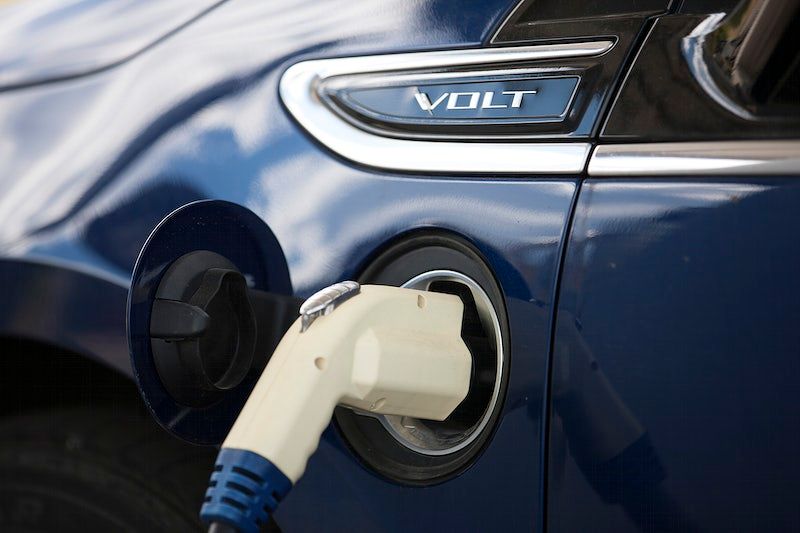
11. **Absence of Standardized Data Sharing and Regulatory Incentives**A fundamental systemic challenge hindering the efficient growth and improvement of the EV charging network is the pervasive lack of standardized data sharing among providers. Asensio’s research highlighted that “most charging providers don’t share their data and have few regulatory incentives to do so,” creating a significant opacity within the industry.
This absence of transparent data means that “consumers, policymakers, and business leaders — including auto industry executives — [are left] in the dark” regarding the true operational status, usage patterns, and reliability metrics of the charging infrastructure. Without comprehensive, shared insights, it becomes incredibly difficult to identify critical gaps, allocate resources effectively, or implement targeted improvements that would genuinely benefit drivers and the network as a whole.
Asensio and his team had to rely on “first-ever examination of more than 1 million charging station reviews by EV drivers” and specialized AI models to extract insights, underscoring the necessity of such workarounds in the absence of official, shared data. This demonstrates that valuable information exists, but it is fragmented and not systematically leveraged to inform strategic decisions or promote industry-wide best practices.
Establishing common data standards and providing clear regulatory incentives for providers to share their operational data would be a game-changer. Such transparency would foster accountability, enable better planning for future expansions, and ultimately lead to a more reliable and user-friendly charging experience for everyone, moving the industry forward from its current state of isolated operation.
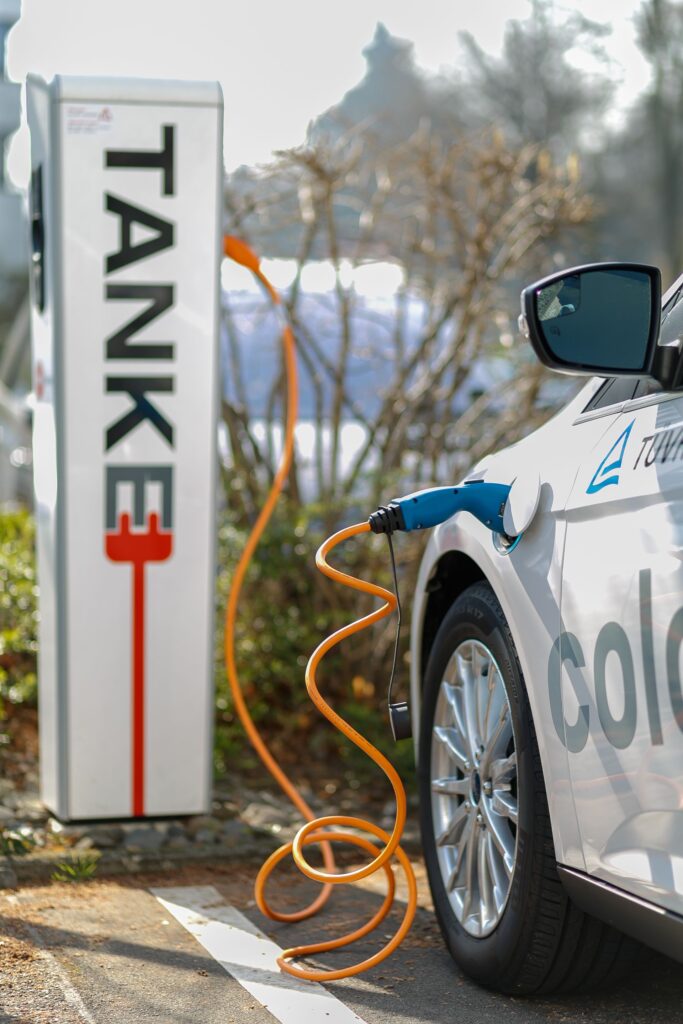
12. **The Unfulfilled Promise of Private Sector-Led Expansion**Looking back, the initial vision for EV charging infrastructure was largely predicated on the idea of market forces driving development. As Asensio noted, in 2010, “the consensus among experts was that the private sector would finance a flourishing charging network.” This assumption, however, has proven to be a significant systemic miscalculation.
Crucially, “that didn’t happen at the scale expected,” leading to the fragmented and often unreliable charging ecosystem that EV owners contend with today. The failure of private sector investment to meet the ambitious growth targets highlights a core systemic vulnerability: relying solely on commercial interests may not be sufficient to build out a public utility of this magnitude, especially given the high costs and initial uncertainties.
This shortfall explains the subsequent necessity of government programs like the NEVI initiative, which aimed to inject crucial public funding to bridge the gap left by insufficient private investment. The freezing of these public funds, therefore, creates a double blow, removing a vital lifeline intended to compensate for the private sector’s unfulfilled promise and leaving the network’s expansion in jeopardy.
The future of EV charging likely lies in a robust hybrid model that combines strategic public investment with private enterprise. As Ryan McKinnon of the Charge Ahead Partnership mentioned, NEVI funds were intended to primarily benefit “gas stations, community stores, truck stops” – existing businesses that could expand into this market. A collaborative approach, ensuring stable funding and clear guidelines, is essential to overcome the systemic market failures and finally deliver the widespread, dependable charging infrastructure that is critical for mass EV adoption and realizing a truly electric future.
While the immediate frustrations of public EV charging are evident, the path to a truly electric future hinges on addressing these deeper, systemic challenges. From securing consistent funding and overcoming prohibitive costs to fostering transparent data sharing and building genuine consumer confidence, the EV ecosystem requires a concerted, multi-stakeholder effort. Only by tackling these fundamental issues head-on can we transform the promise of electric vehicles into a seamless, reliable reality, ensuring that the journey is as smooth and sustainable as the destination we envision.”


